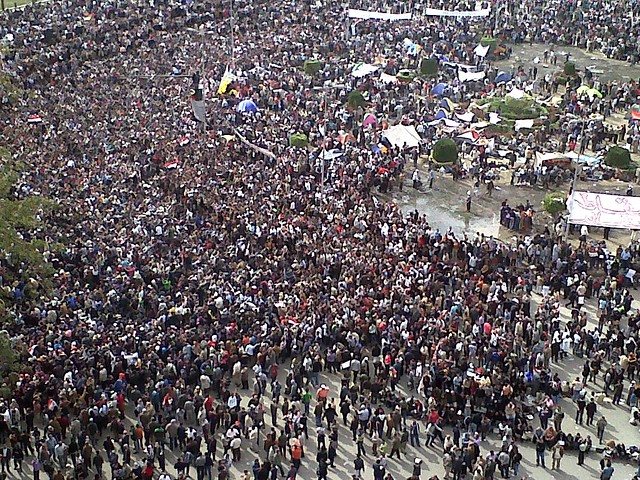By Beatriz C. Maturana
Photograph by Matthew Lew, bifurcaciones
Three aspects fascinated me about Carlos Alcalde’s article, "513 Glenroy Line". The first is his sharp and direct commentary about Melbourne—no Anglo affectation, not masking the shock, no acceptance of local notions of correctness. The second is the content of course, particularly in regards to the harshness of the city, the commonly accepted (and general unawareness) of extremes of monotony. The third is his deep understanding of the way in which cities work, the interconnectedness of all, people, economy, form, distribution of architectural woks and transport. This last point interests me greatly because here Alcalde places himself in the urbanist' shoes and speaks as an urbanist would do (a American urbanist, non-Anglo that is). This cross-disciplinary understanding would not surprise anyone in a European or American (non-Anglo) context, although this is highly unusual here where separation among urban professional fields is extreme—to the point of ‘silence’. This lack of convivial collaboration and conversation among urban disciplines seem to be replicated in the city—a “kingdom of commodity”, of “super-survivors”, of postcard type of imagery and then… the suburbs, as Alcalde notes.



























